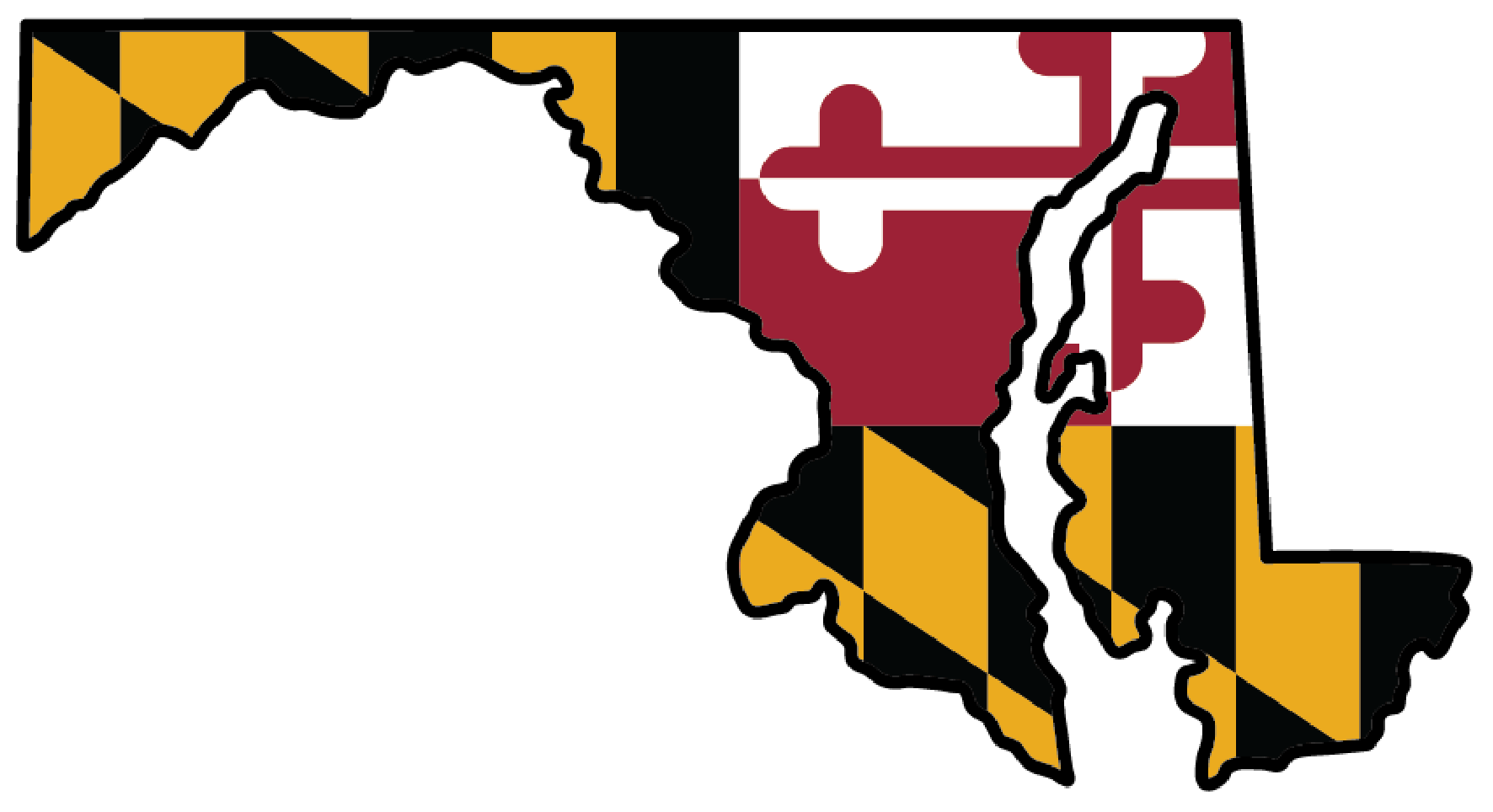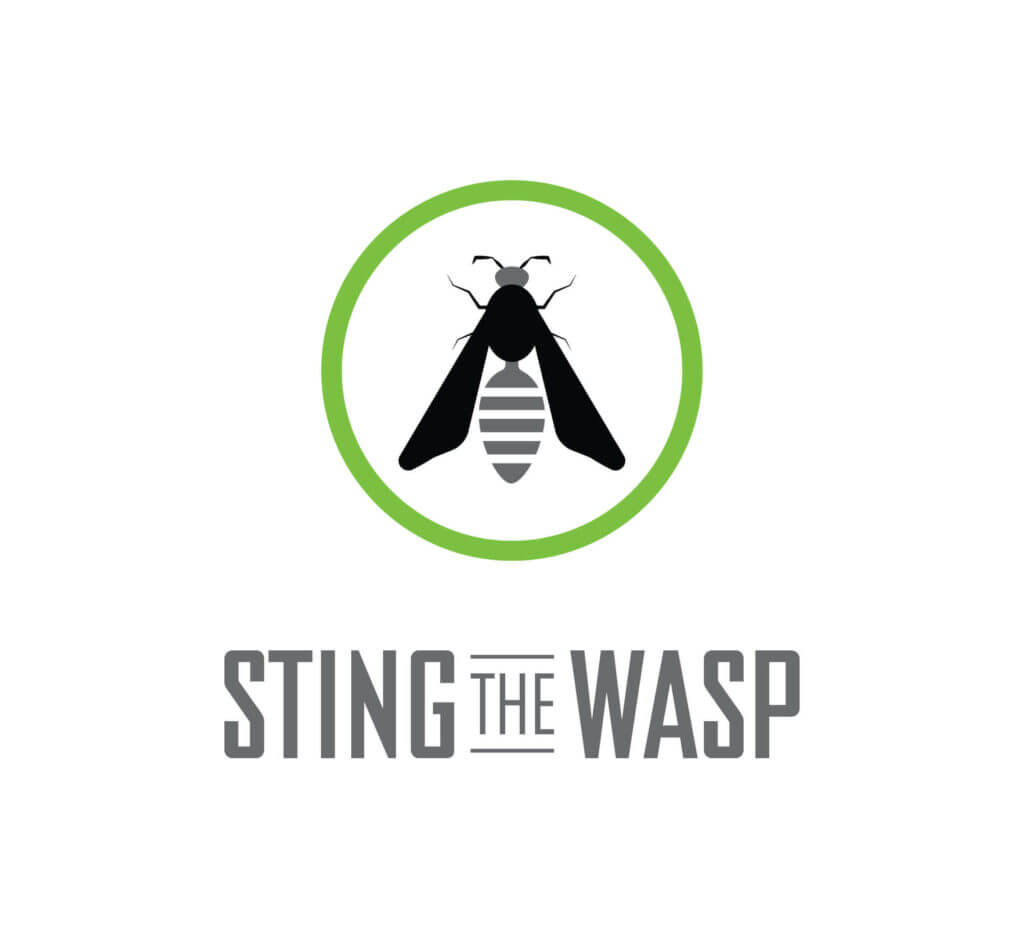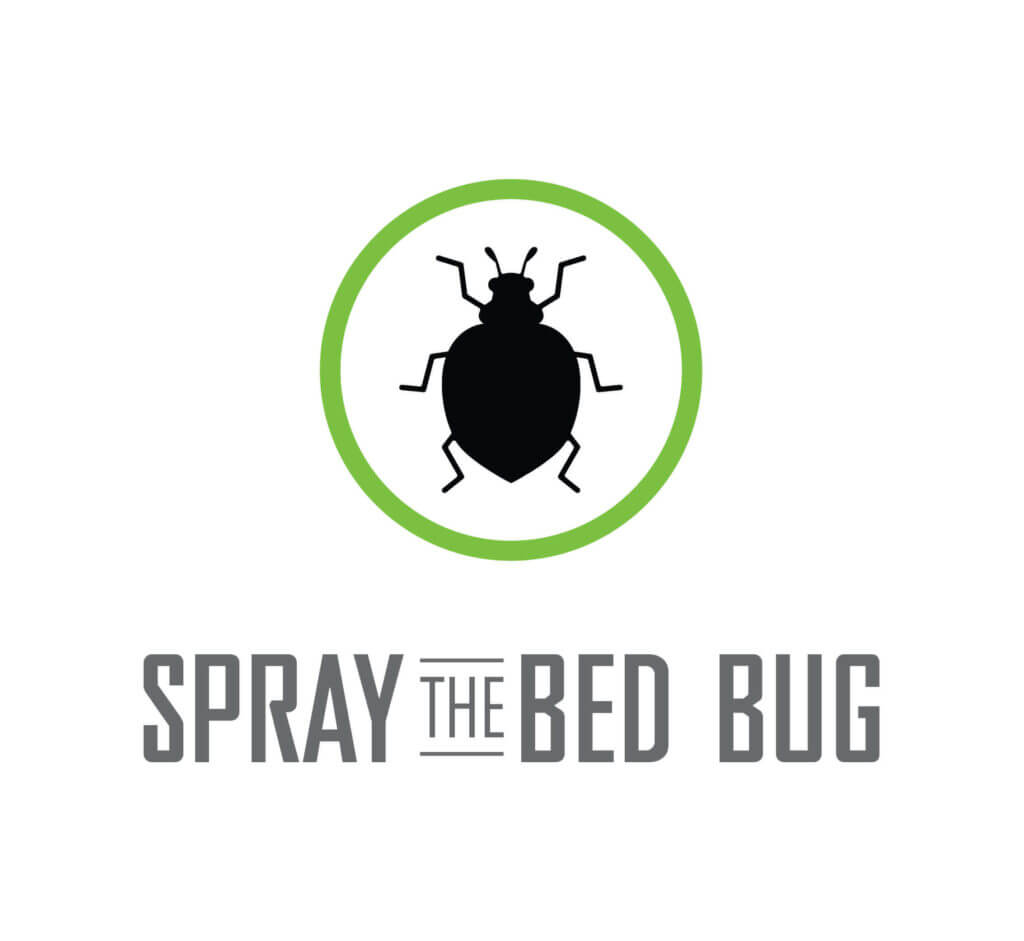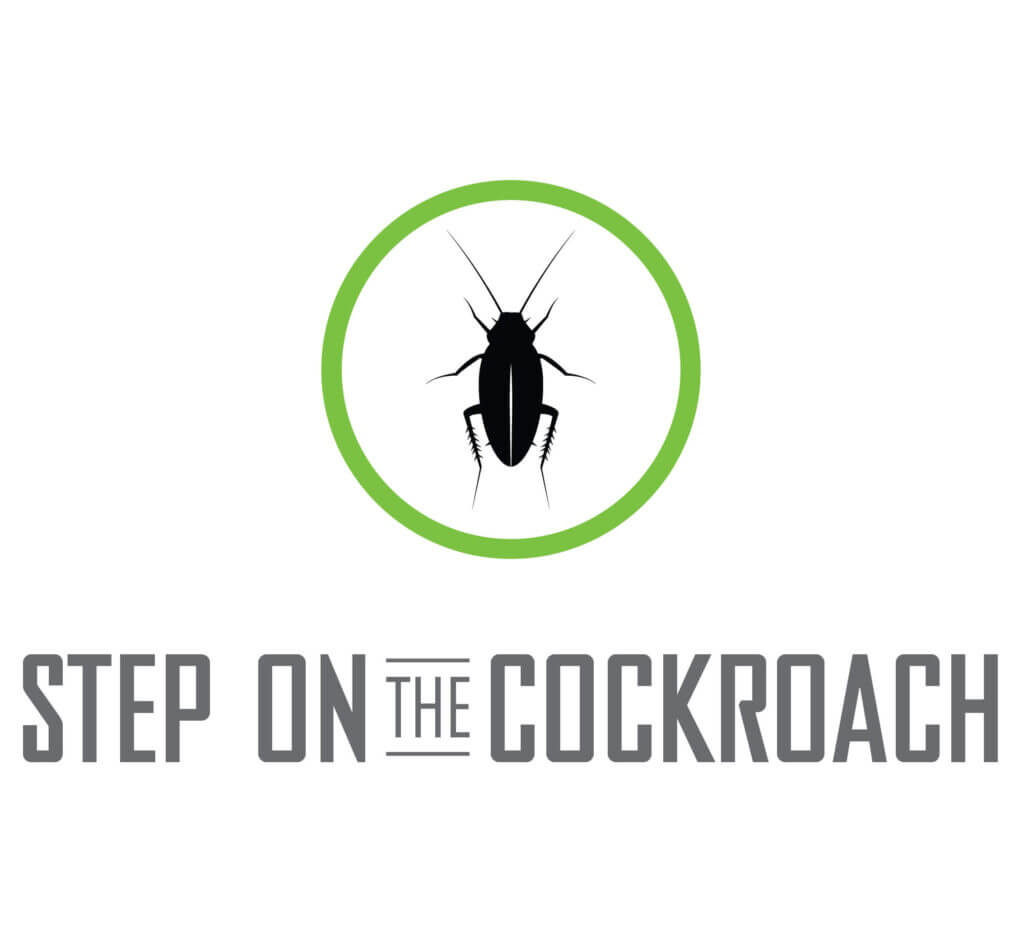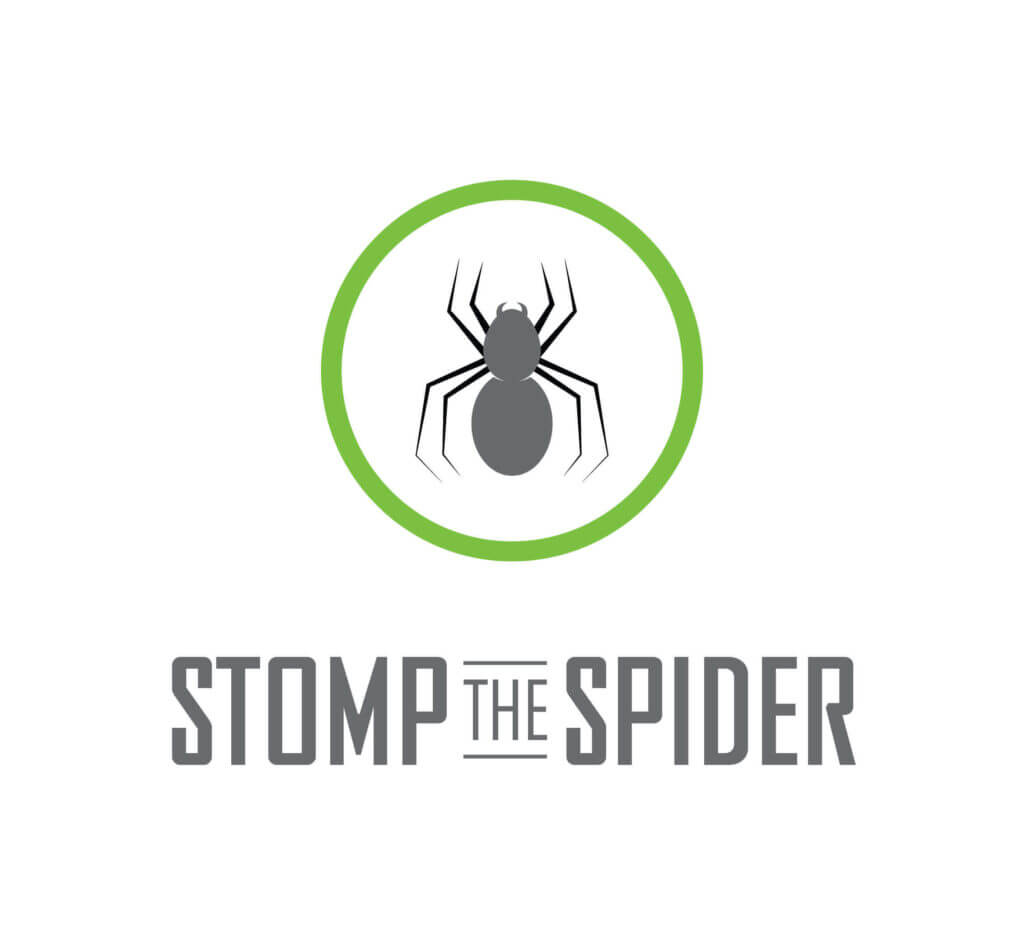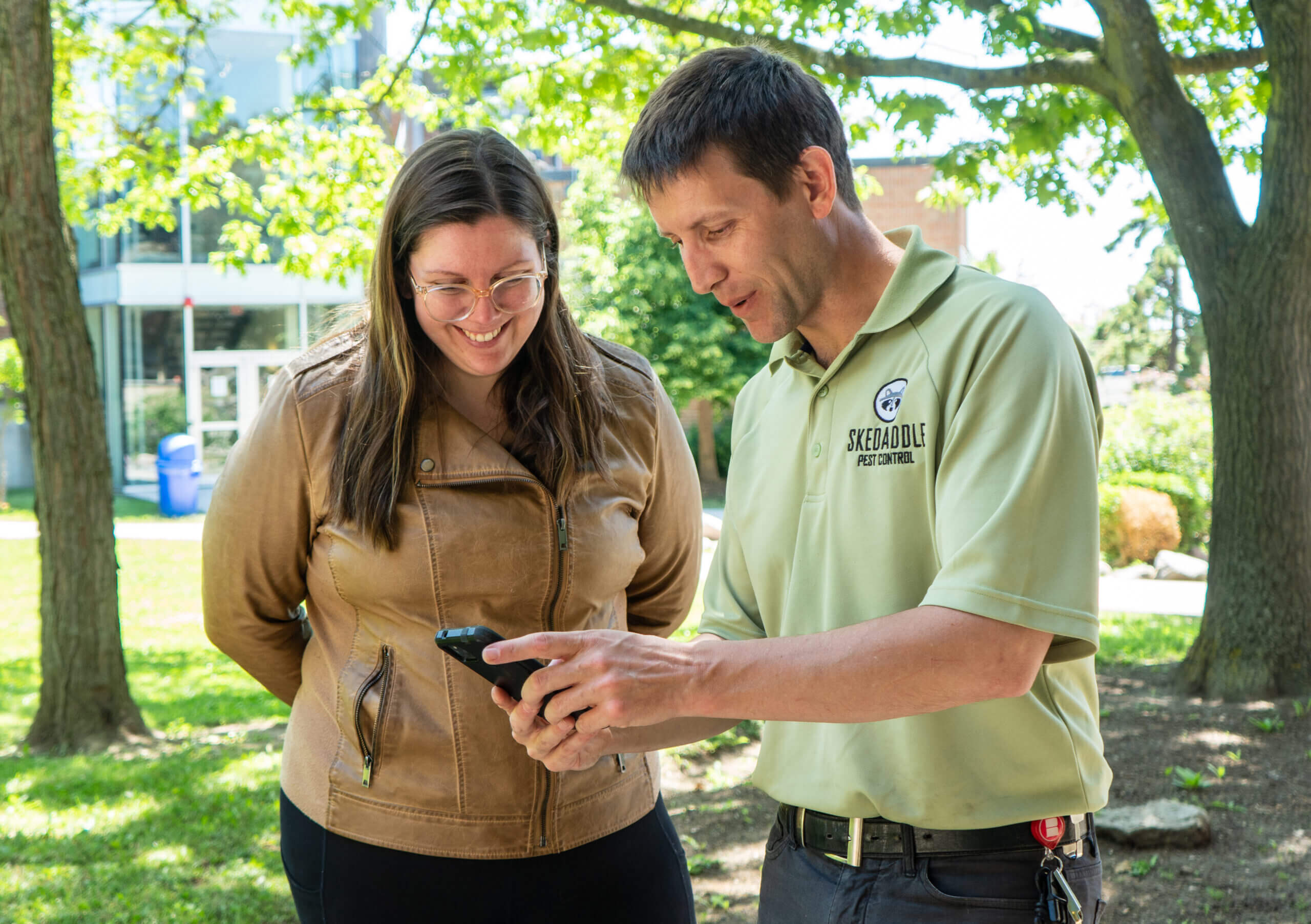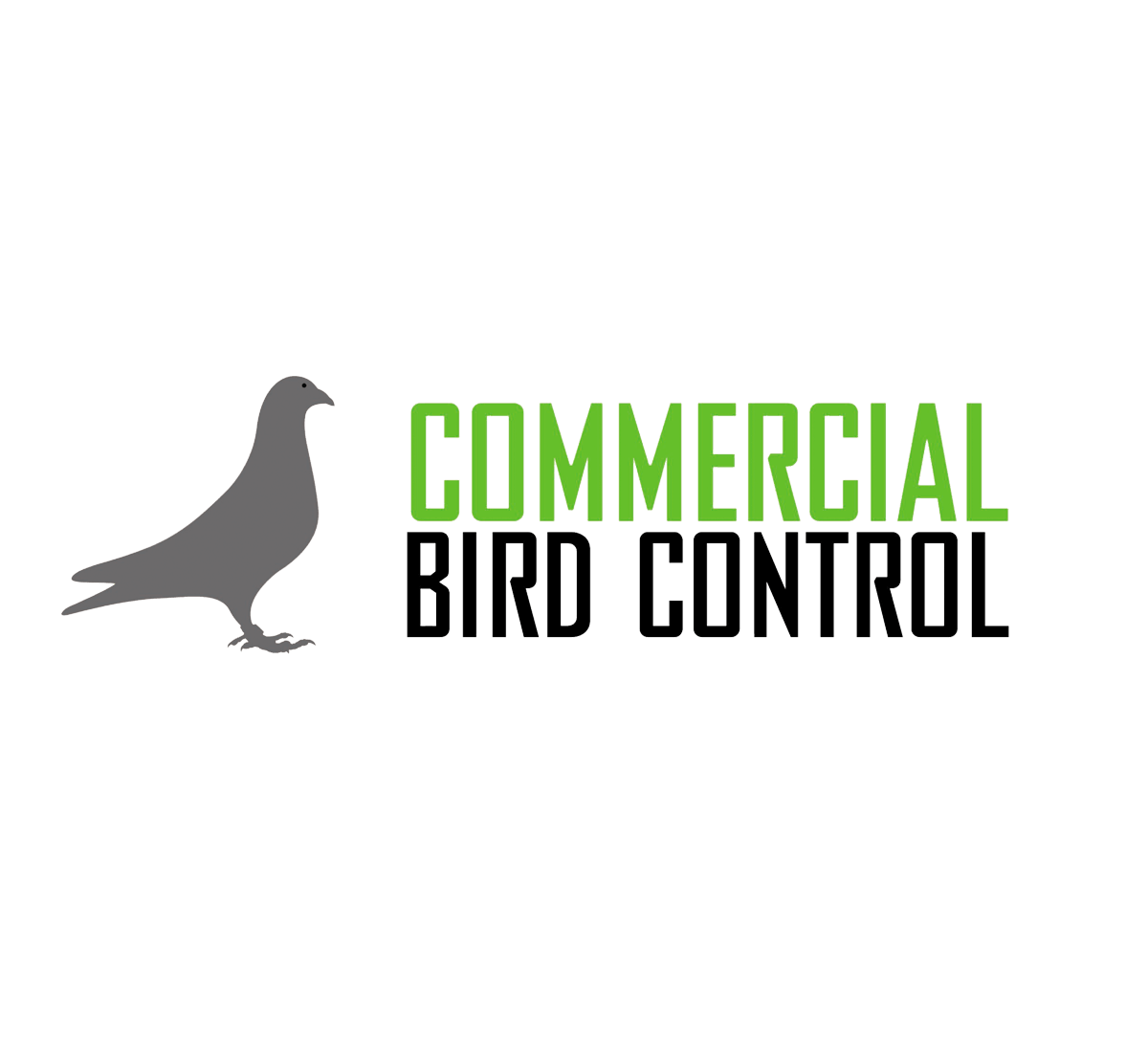Anoka County houses some of the largest suburbs in the area of Minneapolis and Saint Paul. The landscape is beautiful, with many water sources and lush forests where animals can thrive. Anoka County, known as one of the most populated counties in the state, is not just home to over 300,000 people, but also has a diverse and lively community. The residents in this area get to live alongside an amazing variety of wildlife.
Just imagine the majestic deer roaming freely and the sweet songs of birds filling the air. It’s like having the best of both worlds – urban life and the wonders of nature all in one place! Many of these animals thrive in suburban environments and sometimes enter homes, so learning to recognize these signs of a wildlife infestation is crucial. If you have a wild animal living in your home, Skedaddle’s humane wildlife removal services in Anoka County are here to help.
Life in Anoka County
Anoka County was established in 1857, a full year before the state of Minnesota was admitted to the Union. The area was first discovered by explorer Louie Hennepin. The abundant wildlife attracted numerous fur traders who became the first settlers in the area. The county was named after its location on both banks of the Rum River. It encompasses several cities, including Oak Grove, Blaine and Coon Rapids.
The region’s climate allows many animals to thrive. It has plenty of densely wooded areas with several wildlife reserves and national parks. It is also home to numerous waterways. The environment is perfect for fostering a rich and diverse ecosystem, so it is a perfect area for people who enjoy watching wild animals frolic and play.
Today, the architectural and engineering industry in Anoka County is thriving. The area hosts numerous shopping districts and entertainment areas, but it is also well known for its many outdoor recreational opportunities. Residents of the region enjoy beautiful national parks and hiking trails throughout the area.
Wildlife in Anoka County
Although Anoka County in Minnesota has a large population, also has plenty of wildlife reserves and forested spaces where a diverse array of animals thrive. Nature enthusiasts and locals alike get to see the majestic presence of deer, graceful coyotes, and even black bears that roam the area. Plus, there’s a whole bunch of smaller creatures like vibrant birds, playful squirrels, mischievous raccoons, and even the occasional adorable mice. These charming critters sometimes even find their way into homes, either looking for food or seeking shelter. Anoka County truly offers a unique harmony between city life and the wonders of nature.
Dangers of Wildlife in Minnesota
While many of the larger animals found in Minnesota pose an obvious threat, you may see smaller animals around your home as cute and cuddly creatures that are harmless. Most of these small animals prefer to avoid direct interactions with humans and are rarely aggressive, but any creature can attack if it feels threatened.
You also need to think about diseases. Any type of animal can spread dangerous diseases through its feces, so if you have a raccoon or a squirrel living in your home, you are at risk of contracting an illness. Keeping all types of wildlife out of your home is important for the overall health of you and your family.
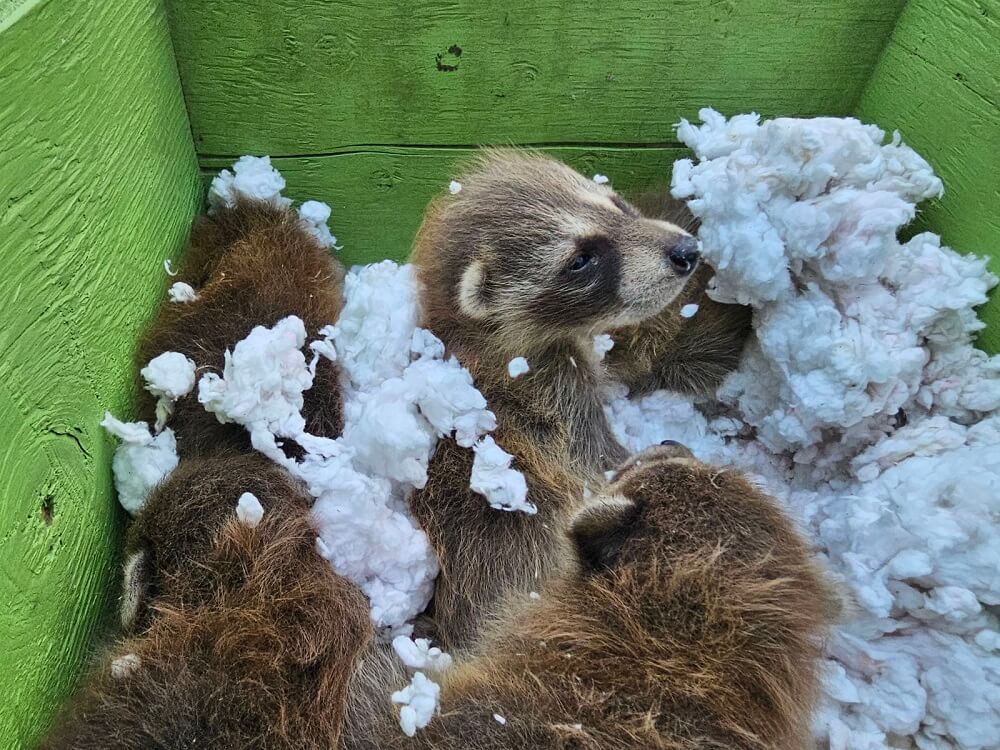
Humane Wildlife Removal
Many types of wildlife thrive in the rolling forest that surrounds Anoka County. Many species of animals coexist peacefully with humans, but sometimes smaller creatures such as raccoons, squirrels and skunks move into your home in search of food and shelter. Finding humane methods to get the animals out of your home is the best way to maintain the natural balance of the ecosystem.
Trapping and relocating animals may seem like the most humane method of removal. However, this strategy is ineffective because it doesn’t actually resolve the problem but rather offers a temporary solution. Relocation also has a negative impact on the animals because they must find new shelter, food and water quickly in order to survive in their new environment.
Instead of relocating wild animals, Skedaddle implements various exclusion tactics to get the creatures out of your home and prevent them from returning. In many cases, we install one-way doors that allow animals to get out of your home but prevent them from getting back inside.
We can then offer tips on how to make your home a less appealing environment for wild animals. In the vast majority of cases, there are simple measures you can take to deter wildlife from your home. Common strategies include:
- Installing motion-activated lights around your property
- Eliminating places to nest or den
- Removing food and water sources
- Boarding up potential entry points in your home’s exterior
Make an Appointment for Wildlife Removal in Anoka County
When wild animals invade your home and disrupt your daily life, it’s crucial to protect yourself. Contact an expert in wildlife removal in Anoka County and surrounding cities such as Blaine, Coon Rapids, Andover, Anoka, Oak Grove, and Bethel. At Skedaddle Humane Wildlife Control, we are committed to removing all types of animals from your home without causing them harm. Reach out to us today to schedule an appointment for Wildlife Control in Minnesota, and let us help you regain control of your living space.
Anoka County, Did You Know?
Does The Animal Humane Society remove nuisance wildlife in Anoka County?
Humane Society employees do not trap or remove nuisance or deceased wildlife in homes or businesses. In most municipalities in Anoka County, removing nuisance wildlife on or in a property is the responsibility of the property owner.
Are there cases of rabid animals in Anoka County?
According to the Minnesota Department of Health, skunks are the most common transmitter of rabies to domestic animals. Minnesota does not have the raccoon strain of the rabies virus so confirmed rabid raccoon cases are quite rare. When a raccoon does get rabies, it has the skunk strain of the virus.
Am I allowed to feed the wildlife in Anoka County?
Feeding wildlife is generally discouraged by most municipalities in Anoka County. In 2017 city officials in Blaine passed an ordinance prohibiting the feeding of wildlife in an effort to slow down increasing wildlife populations. Feeding wildlife can boost wildlife populations beyond what would occur naturally and increase the likelihood of conflict between humans and wild animals.
Does Skedaddle Minneapolis Trap and Relocate Wildlife?
Trapping and relocating wildlife is not an effective solution for resolving complex wildlife challenges. Studies have shown that this process leads to the death of the animal in about 70% of cases, and does not address the root cause of the problem. Skedaddle Minneapolis uses hands-on techniques to remove wildlife from homes, sheds, garages and attics and excludes the animals by repairing the entry point and reinforcing it against future intrusion.
